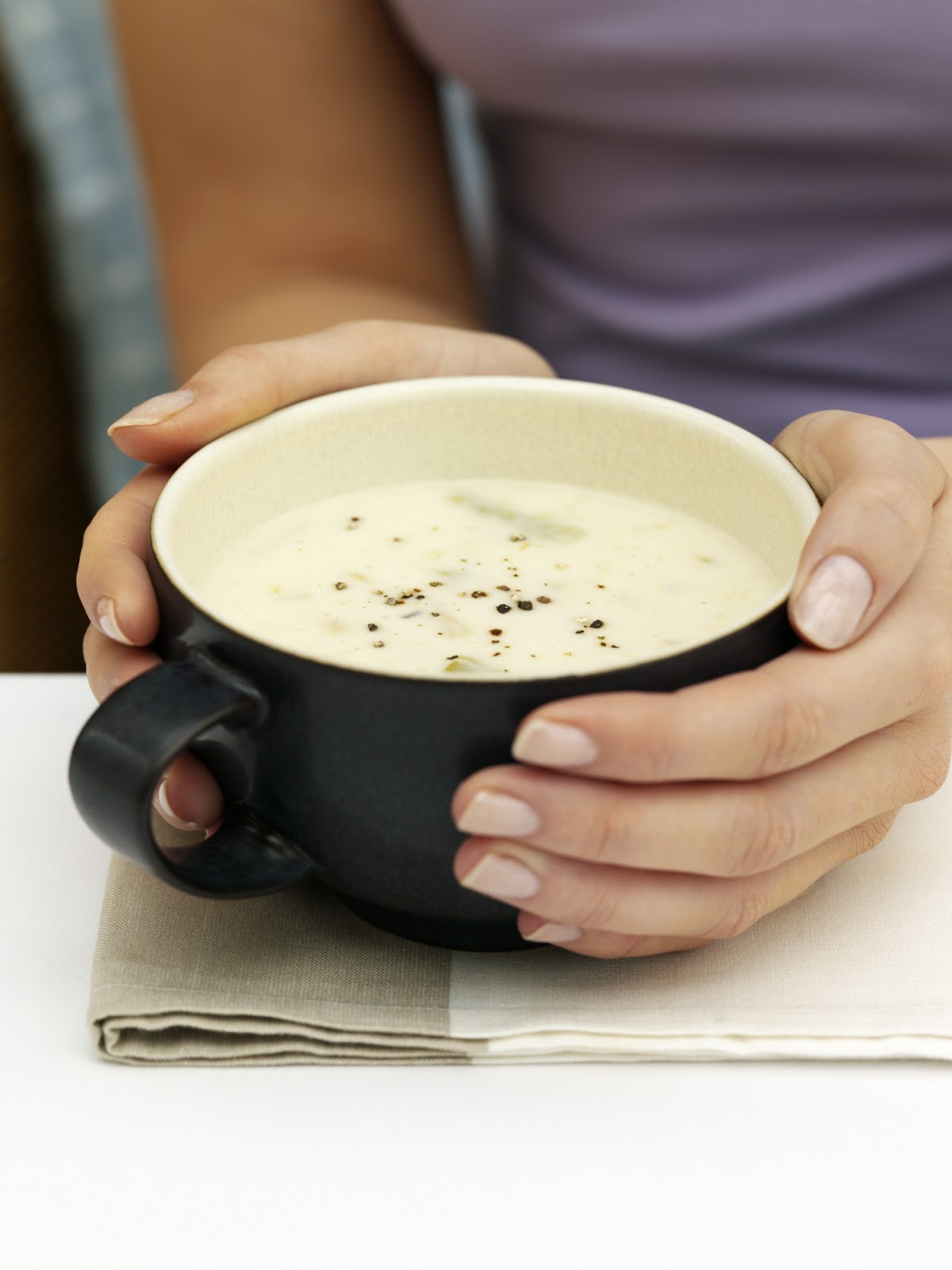The tradition of eating lamb at Easter has it's roots in early Passover observances, before the birth of Christianity. The Egyptians were suffering terrible plagues, so the Jews painted their doorposts with sacrificed lamb's blood, so that God would "Passover" their homes, while carrying out the punishment. Jews who converted to Christianity continued the tradition of eating lamb at Easter, as they were already accustomed to eating roast lamb at Passover. Also Christians refer to Jesus as the Lamb of God, so it makes sense that the food shows up at the Easter table. On a less symbolic note, lamb would have been the only fresh meat available after a long winter, with no livestock to slaughter.
 |
| www.foodanddrinkphotos.com Photographer: Peter Myers |
So why Easter eggs? Well, eggs have been a symbol of rebirth, since ancient times. They were adopted as an Easter food by the Mesopotamian Christians, who dyed them bright red to represent Christ's blood. As egg decorating grew more popular, they were given to friends and family members. The custom of giving chocolate for Easter, first appeared in Victorian Times. The Cadbury Factory created hollow sculptures made of chocolate, which quickly boomed. By 1893, Cadbury were producing 19 different product lines for the Easter market.
So, for my bohemian feast this Easter, I'm cooking a Lamb Biriyani. The name is derived from the Persian word Beryan, which means fried or roasted.
Serves 4
500g / 1 lb 2 oz diced lamb
4 tbsp olive oil
200ml / 8 fl oz water
4 cloves garlic, chopped
1 tbsp grated fresh ginger
4 medium onions, sliced
1 tbsp garam masala
1 tbsp cumin powder
1 tbsp coriander powder
2 tbsp curry powder
1 tbsp dried chillies
1 tspn ground black pepper
1 tspn salt
250g / 9 oz basmati rice
500ml stock, vegetable or meat.
1- Place the lamb in an oven proof dish.
2- Add the olive oil, water, garlic, ginger, onions, spices, salt & pepper.
3- Cover the dish with foil and place in a pre-heated oven @ 180C/350F/Gas 4 and cook for 1 hour, or until the lamb is tender.
4- Once the lamb is cooked, add the rice and the stock.
5- Cover the dish with foil and return to the oven to cook for a further 20 to 30 minutes, or until the rice is cooked.
6- Serve the Lamb Biriyani hot, with a spoonful of chilled yoghurt raita on the side.



